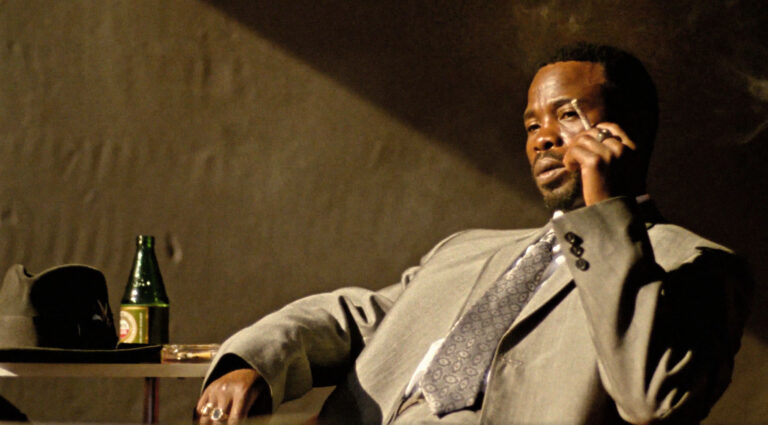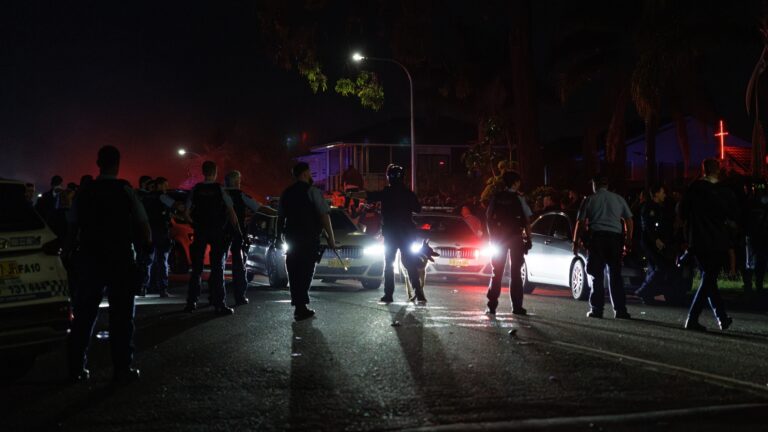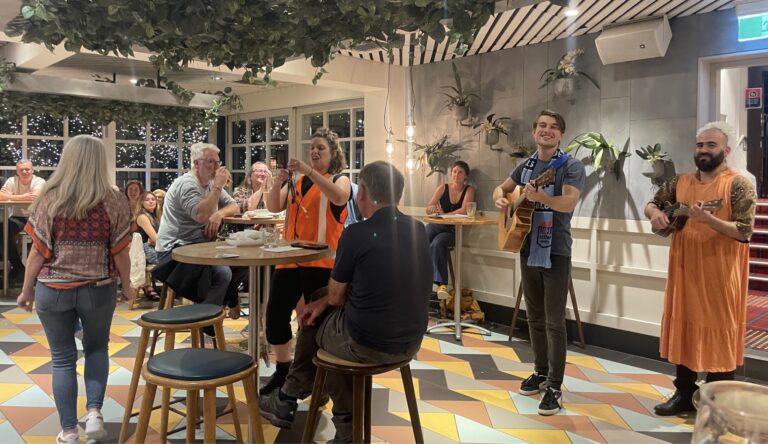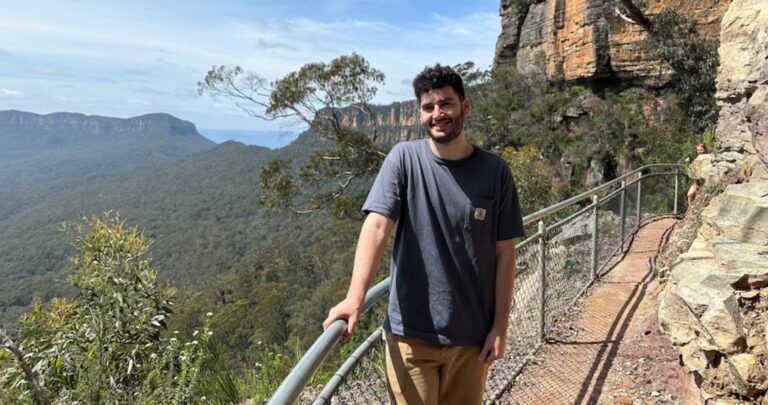
Class A asset stripping of the Powerhouse Museum

by Kylie Winkworth
One day, economic historians will document the “vampire squid” epoch in NSW history, the colourful term coined to describe the influence of Goldman Sachs relentlessly jamming its blood funnel into anything that smells like money.
In NSW, the vampire squids have their blood funnel into public assets. Under the O’Farrell, Baird and Berejiklian governments, close to $50b in public assets have been sold to infrastructure companies, toll road operators, developers, banks and foreign pension funds in the name of recycling the proceeds into new infrastructure.
Behind the scenes, a constellation of banks, businesses, mates and lobbyists are working their networks and levers of influence to get a slice of public property. With a quiet word to the government, they lob an unsolicited proposal, negotiate a secret deal marked “commercial in confidence”, grease the approval process for an even bigger tower, and buy a tier one income generating asset that has paid dividends to NSW governments for decades. The vampire squid‘s tentacles are even reaching for the assets of the Powerhouse Museum (PHM).
Some economists question the merits of public asset sales when there are cheaper ways to finance new infrastructure at a time of very low interest rates. The loss of revenue to fund public services is only one of the downsides. Loaded with debt and structured into off shore companies, the new owners of our once public assets hike the prices and will never pay tax. Every time we drive into Sydney, turn on the lights or sell a property, the vampire squid enabled by Baird and Berejiklian has its suckers on our wallets.
Perhaps the most egregious asset sale is the demolition of the Powerhouse Museum in the guise of building a new museum at Parramatta. This is class A asset stripping, and is worthy of a special case study on the modus operandi of the vampire squid to understand how the NSW government conspired to sell off the museum’s Ultimo land and buildings to developers.
Today, the Powerhouse is a great public museum, based in Ultimo since 1893, open every day and accessible to visitors from across NSW, interstate and overseas. It has world’s best practice museum facilities, with monumental exhibition spaces that are co-located with the collection store, library, archives and conservation labs.
All that space and museum infrastructure is just too good for the people’s museum, which lacks friends in high places, and a board willing to stand up for the museum’s interests.
If the Berejiklian government is re-elected, the former Powerhouse Museum site will be a developers’ wet dream, with the opportunity for four towers up to 68 storeys.
The developer will have to accommodate a Broadway-style lyric theatre and an exhibition space for some of the fashion and design collection, but that will no doubt be an opportunity to negotiate additional floor space. It will cost the NSW taxpayer $387.5m to let the developers loose on the PHM site, not counting hundreds of millions to replace the demolished collection facilities at Castle Hill.
Plans reveal that these are too small and grossly inferior to what the PHM has at Ultimo. This is a snip to allow the site realise its “highest and best use”, as the spokeswoman for the Arts Minister put it recently. Of course, that money might otherwise be used to refurbish the PHM’s exhibitions, which was the first excuse for demolishing the Powerhouse. But in the culture of NSW, “highest and best use” means property development, not a public museum.
Then there’s the con on the Parramatta community, which thought they were getting the recycled Powerhouse on public land strategically acquired by the council. It will not be a replica of the Powerhouse; it’s a stalking horse for developers. Heritage buildings will be demolished and a brutal 70-storey super tower will loom over the new museum, which is half the size of the PHM. All this, at a cost of around $1.2b just to “move” the PHM 23km west to build a smaller, less accessible museum on a flood prone riverbank.
This is the only museum development project anywhere in the world where the new facilities will be smaller and inferior to those the museum already owns, and where the new museum does not enlarge the museum’s exhibition space, audiences, or collection access and facilities. It’s a great meal deal for the vampire squid, but a bad deal for NSW taxpayers and museum lovers. Cultural historians will ponder how this monstrous con was perpetrated on the public.
The government has now stacked the deck for the museum’s demolition with the recent appointment of Lisa Havilah as the museum’s fourth CEO in just six years. While lacking experience in museums or heritage collections, she is on record as a supporter of the sale of the PHM site.
Arts Minister Don Harwin has also appointed David Borger to the museum’s Trust. He is the executive director of the Western Sydney Business Chamber and led the public campaign to “move” the Powerhouse. The mission of the Sydney Business Chamber and its affiliate is urban renewal, planning reform and recycling state assets. Enough said.









